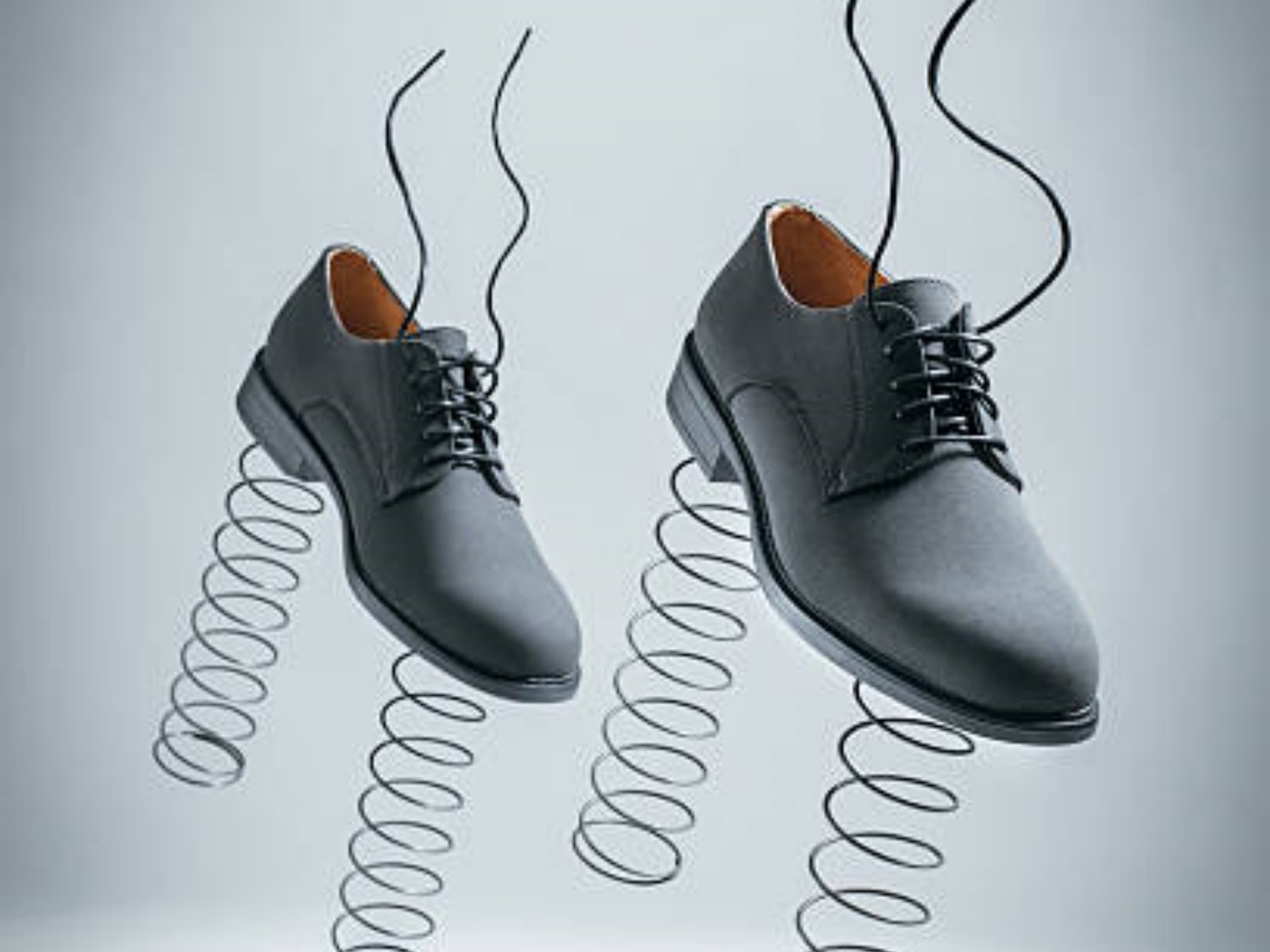The Mechanics of compressed springs
A compressed spring is a fascinating mechanical device that stores potential energy when it is compressed or stretched. Its ability to return to its original shape after being deformed makes it a valuable component in various industries. Understanding the mechanics of compressed springs is crucial to appreciate their applications and ensure their optimal use.
The Role of Elasticity
Elasticity is a fundamental property of materials that allows them to regain their original shape after deformation. Compressed springs harness this property to store and release energy. When a force is applied to a spring, it compresses or stretches, and potential energy is stored within its atomic and molecular bonds. Once the force is removed, the spring's elasticity causes it to return to its original shape, converting potential energy back into kinetic energy.
Types of Compressed Springs
Compressed springs come in various shapes and sizes, each designed for specific applications. The most common types include coil springs, torsion springs, and extension springs. Coil springs are helical springs that compress or stretch along their axis. Torsion springs, on the other hand, exert torque when twisted. Extension springs extend under axial tension. These different types of compressed springs offer unique properties and are chosen based on the requirements of the application.
Applications in Engineering
Compressed springs find extensive use in engineering applications. One of the most common examples is their inclusion in suspension systems of vehicles. These springs absorb shocks and vibrations, providing a smoother ride for passengers. Additionally, compressed springs are used in valves, switches, and various mechanical devices where controlled force and motion are required. Their ability to store and release energy makes them essential components in these applications.
Role in Mechanical Watches
Compressed springs play a vital role in mechanical watches, serving as the energy source for their precise timekeeping. The mainspring, a type of compressed spring, is wound manually or automatically by the movement of the wearer's wrist. As the mainspring unwinds, it releases energy, which is then transferred through a series of gears to power the watch's movement. The controlled release of this stored energy ensures accurate timekeeping.
Damping and Shock Absorption
Compressed springs are also used for damping and shock absorption purposes. They can effectively absorb and dissipate energy, minimizing the impact of sudden forces or vibrations. In automotive applications, compressed springs are often employed in shock absorbers to provide a smoother and more comfortable ride. Similarly, they are used in machinery to reduce vibrations and prevent damage to sensitive components.
Medical Applications
Compressed springs have found valuable applications in the medical field. They are used in various medical devices, such as prosthetics and orthodontic braces. In prosthetics, compressed springs provide support and assist in replicating natural movements. Orthodontic braces utilize compressed springs to apply controlled pressure, gradually aligning teeth over time. These applications highlight the versatility and adaptability of compressed springs in different industries.
Testing and Calibration
Compressed springs are extensively tested and calibrated to ensure their performance and reliability. Manufacturers subject them to various tests, such as compression testing, fatigue testing, and load testing, to evaluate their behavior under different conditions. These tests help determine the spring's load capacity, endurance, and expected lifespan. Proper testing and calibration are crucial to guarantee the safe and efficient operation of compressed springs in their intended applications.
Design Considerations
When designing systems that incorporate compressed springs, several factors must be considered. These include the required spring rate, maximum load, and space constraints. The material selection is also critical, as different materials exhibit varying levels of elasticity and corrosion resistance. Additionally, factors such as temperature variations, environmental conditions, and expected lifespan should be taken into account to ensure optimal performance and longevity of the compressed spring.
Maintenance and Care
Proper maintenance and care are essential to prolong the lifespan of compressed springs. Regular inspection for signs of wear, corrosion, or fatigue is necessary. Lubrication can help reduce friction and prevent premature failure. In certain applications, periodic replacement of compressed springs may be required to ensure optimal performance and safety. Following manufacturer guidelines and adhering to recommended maintenance practices are vital to maximize the longevity and reliability of compressed springs.

